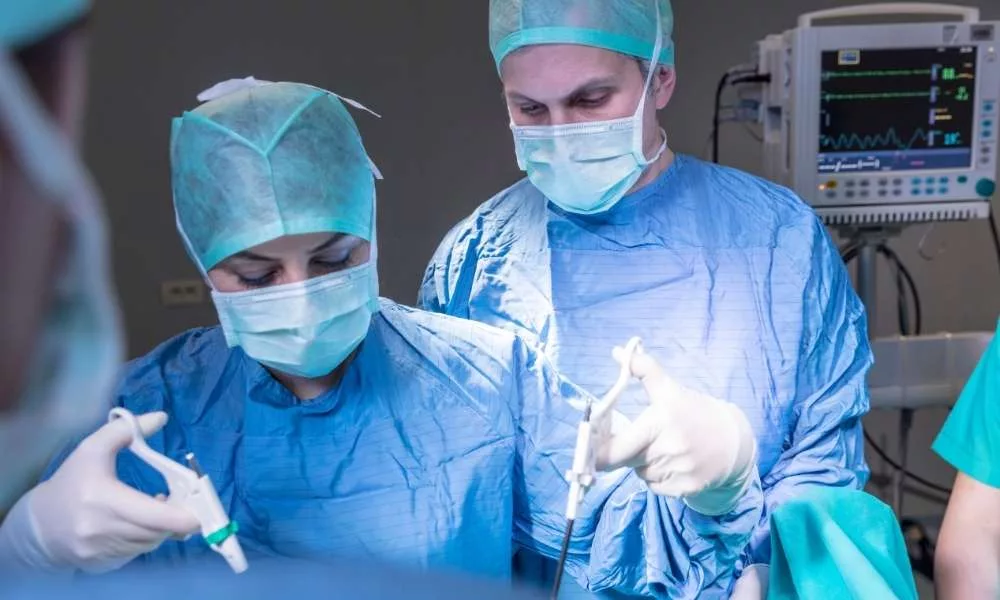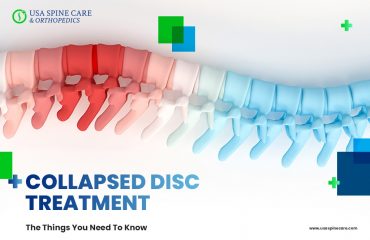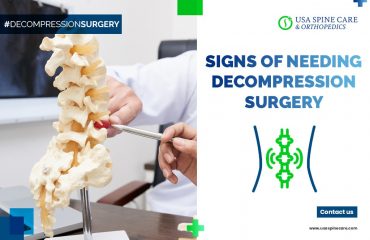

When faced with chronic back pain stemming from a damaged disc, two primary surgical options emerge: artificial disc replacement (ADR) and spinal fusion. Understanding the differences between these procedures is crucial for making an informed decision about your spine health.
Artificial Disc Replacement (ADR):
ADR mimics the function of a healthy disc by implanting a prosthetic device in the space between vertebrae. This aims to:
- Preserve motion and flexibility in the spine, promoting a more natural feel compared to fusion.
- Potentially reduce long-term wear and tear on adjacent spinal levels that can occur with fusion.
- May be suitable for younger, active individuals who desire to maintain a high level of activity.
Spinal Fusion:
Spinal fusion permanently joins two or more vertebrae together, creating a solid bone unit. This approach aims to:
- Provide long-term stability and pain relief by eliminating movement at the affected disc level.
- Proven and reliable technique with a long track record of success.
- May be more suitable for older adults or those with specific spinal conditions requiring significant stabilization.
Choosing Between ADR and Fusion:
Several factors influence which procedure is right for you:
- Age and activity level: Younger, active individuals might benefit more from ADR’s motion preservation.
- Disc condition: The type and severity of disc damage can determine suitability for ADR.
- Number of disc levels affected: Fusion might be preferred for multi-level disc problems.
- Overall health and medical history: Underlying health conditions can influence surgical risks.
Benefits of ADR:
- Preserves spinal motion and flexibility.
- Potentially reduces future problems at adjacent levels.
- Shorter hospital stay and faster recovery compared to traditional fusion surgery (in some cases).
Benefits of Fusion:
- Proven long-term effectiveness for pain relief and stability.
- May be more suitable for complex spinal conditions.
Drawbacks of ADR:
- Relatively newer procedure with long-term data still emerging.
- Potential for device wear and tear requiring future surgery.
- Not suitable for all disc conditions or spinal instability.
Drawbacks of Fusion:
- Eliminates natural disc motion, potentially affecting flexibility and long-term spinal health.
- Risk of increased stress on adjacent disc levels.
- Longer recovery time compared to some ADR procedures.
Conclusion:
Both ADR and spinal fusion offer solutions for chronic back pain caused by damaged discs. Consulting a board-certified spine surgeon is essential. They can assess your individual needs and recommend the most appropriate procedure based on your specific condition, medical history, and lifestyle goals. By understanding the advantages and disadvantages of each approach, you can actively participate in making an informed decision about your spine health.



